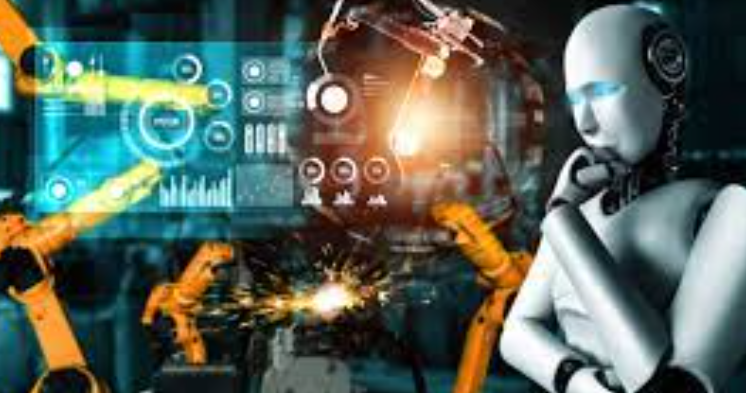
Introduction:
In today's rapidly evolving technological landscape, artificial intelligence (AI) stands at the forefront of innovation, driving transformative changes across industries and reshaping the way we interact with technology. From advancements in natural language processing to breakthroughs in computer vision and robotics, AI continues to push the boundaries of what is possible. In this blog, we delve into some of the latest innovations in AI, exploring how they are revolutionizing various sectors and paving the way for a smarter, more connected future.
1. Quantum Computing and AI:
One of the most groundbreaking developments in AI is the convergence of quantum computing and machine learning. Quantum computing offers unprecedented processing power, enabling AI algorithms to tackle complex problems at an unprecedented scale. From accelerating drug discovery to optimizing supply chain logistics, the marriage of quantum computing and AI holds immense potential to drive innovation across diverse domains.
2. Generative Adversarial Networks (GANs):
Generative adversarial networks (GANs) represent a cutting-edge AI technique that has garnered significant attention in recent years. GANs consist of two neural networks, the generator and the discriminator, engaged in a competitive learning process. This dynamic interplay enables GANs to generate highly realistic images, videos, and even text, with applications ranging from content creation and digital art to synthetic data generation for training machine learning models.
3. Explainable AI (XAI):
As AI systems become increasingly pervasive in our daily lives, the need for transparency and interpretability has become paramount. Explainable AI (XAI) seeks to address this challenge by providing insights into how AI algorithms arrive at their decisions. By enhancing transparency and trustworthiness, XAI enables stakeholders to better understand and evaluate AI-driven outcomes, fostering broader acceptance and adoption of AI technologies.

4. Federated Learning:
In the era of data privacy and security, federated learning has emerged as a promising approach to training machine learning models across distributed data sources. Unlike traditional centralized approaches, federated learning enables model training to be conducted directly on edge devices, such as smartphones and IoT sensors, without compromising user privacy. This decentralized paradigm offers significant advantages in scenarios where data cannot be easily centralized, such as healthcare and finance.
5. Autonomous Systems and Robotics:
Advancements in AI are also driving remarkable progress in the field of robotics and autonomous systems. From self-driving cars and delivery drones to robotic assistants and industrial automation, AI-powered robots are revolutionizing how tasks are performed in various industries. With capabilities ranging from perception and navigation to decision-making and learning, autonomous systems are poised to transform our world in profound ways.

Conclusion:
The rapid pace of innovation in artificial intelligence continues to push the boundaries of what is possible, unleashing new possibilities and reshaping industries across the globe. From quantum computing and generative adversarial networks to explainable AI and federated learning, the latest advancements in AI hold immense promise for driving progress and ushering in a future defined by intelligence, efficiency, and innovation. As we journey further into the age of AI, one thing is certain: the potential for transformative impact knows no bounds.
Copyright © 2023 Wizio AI

